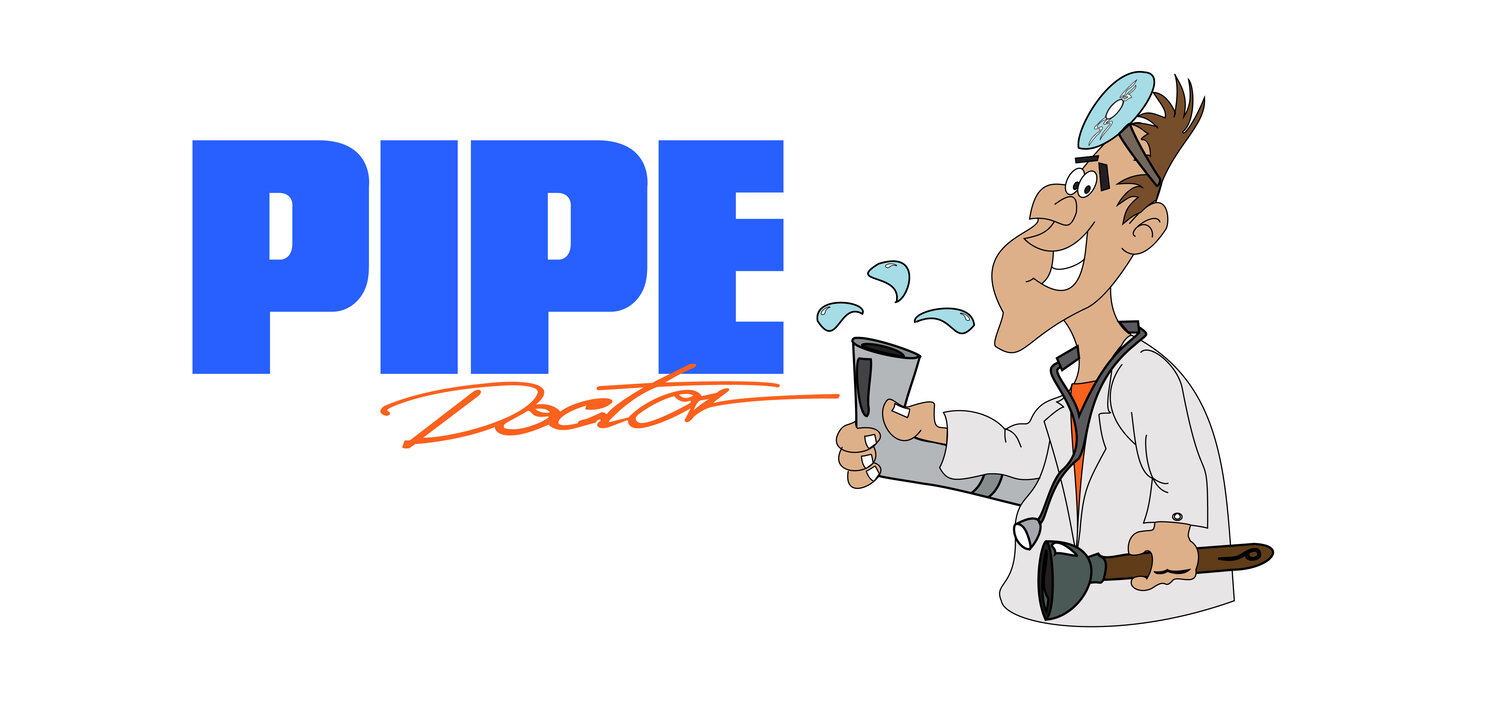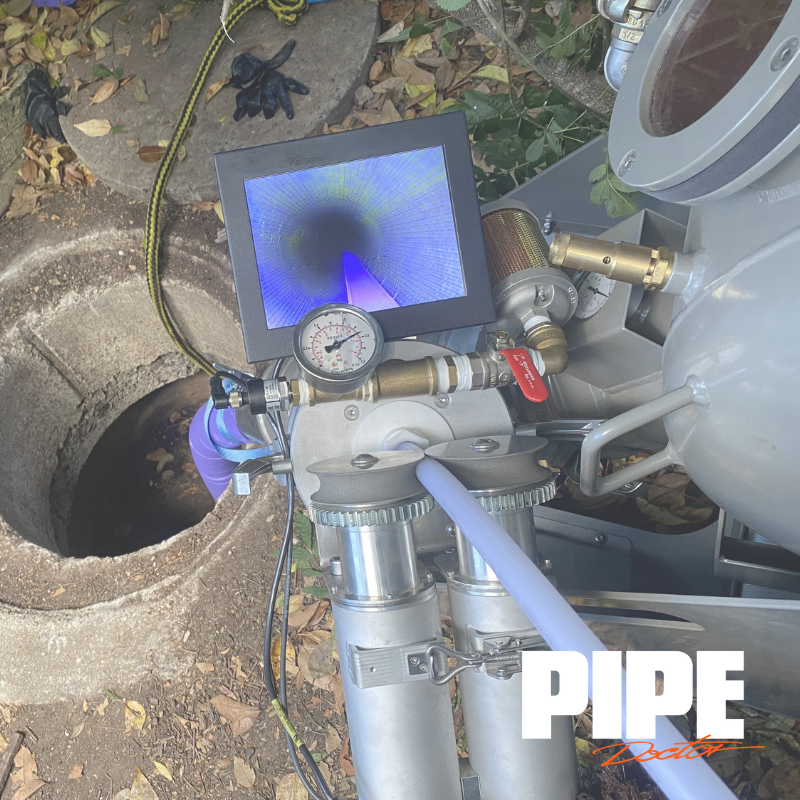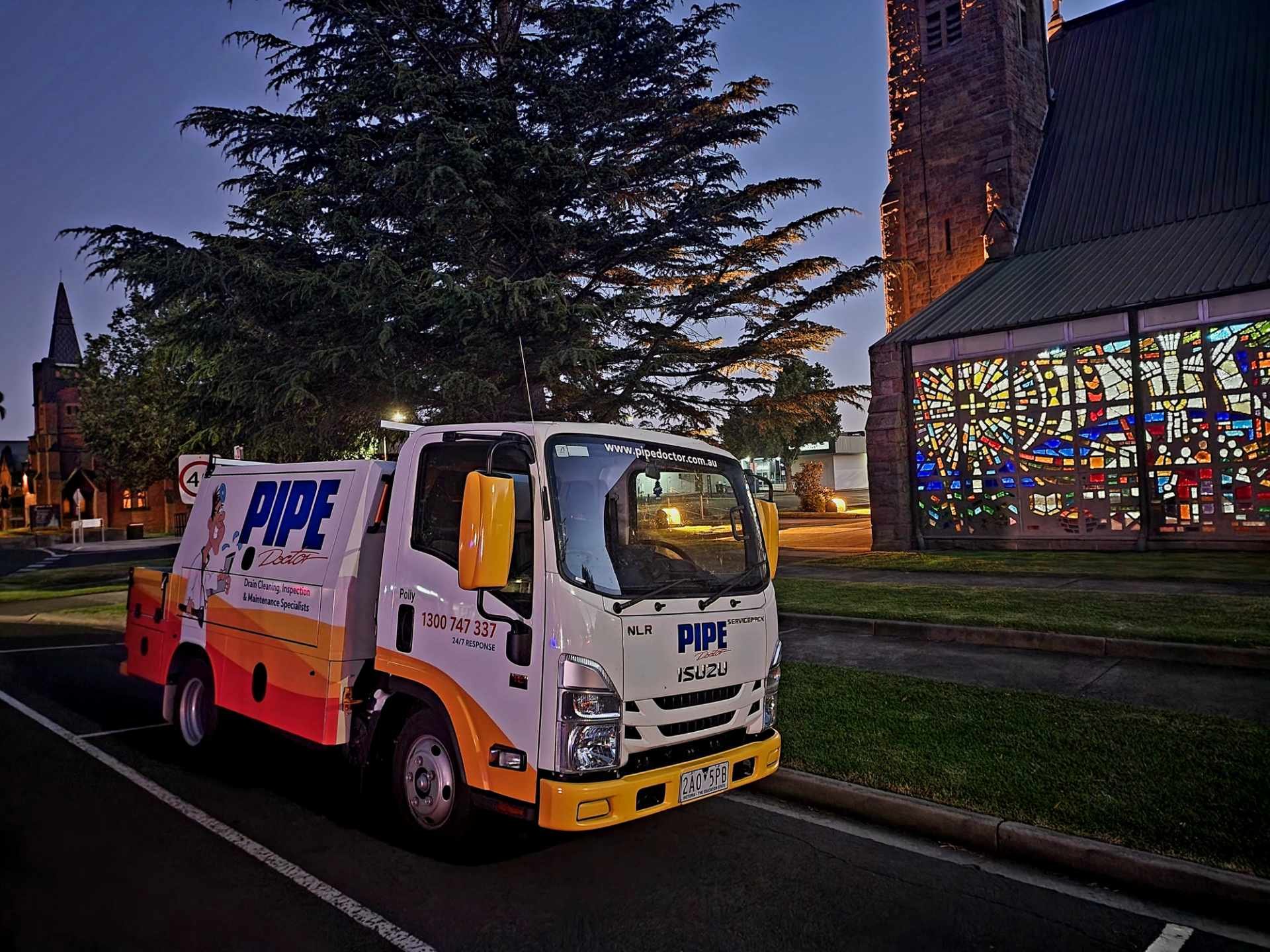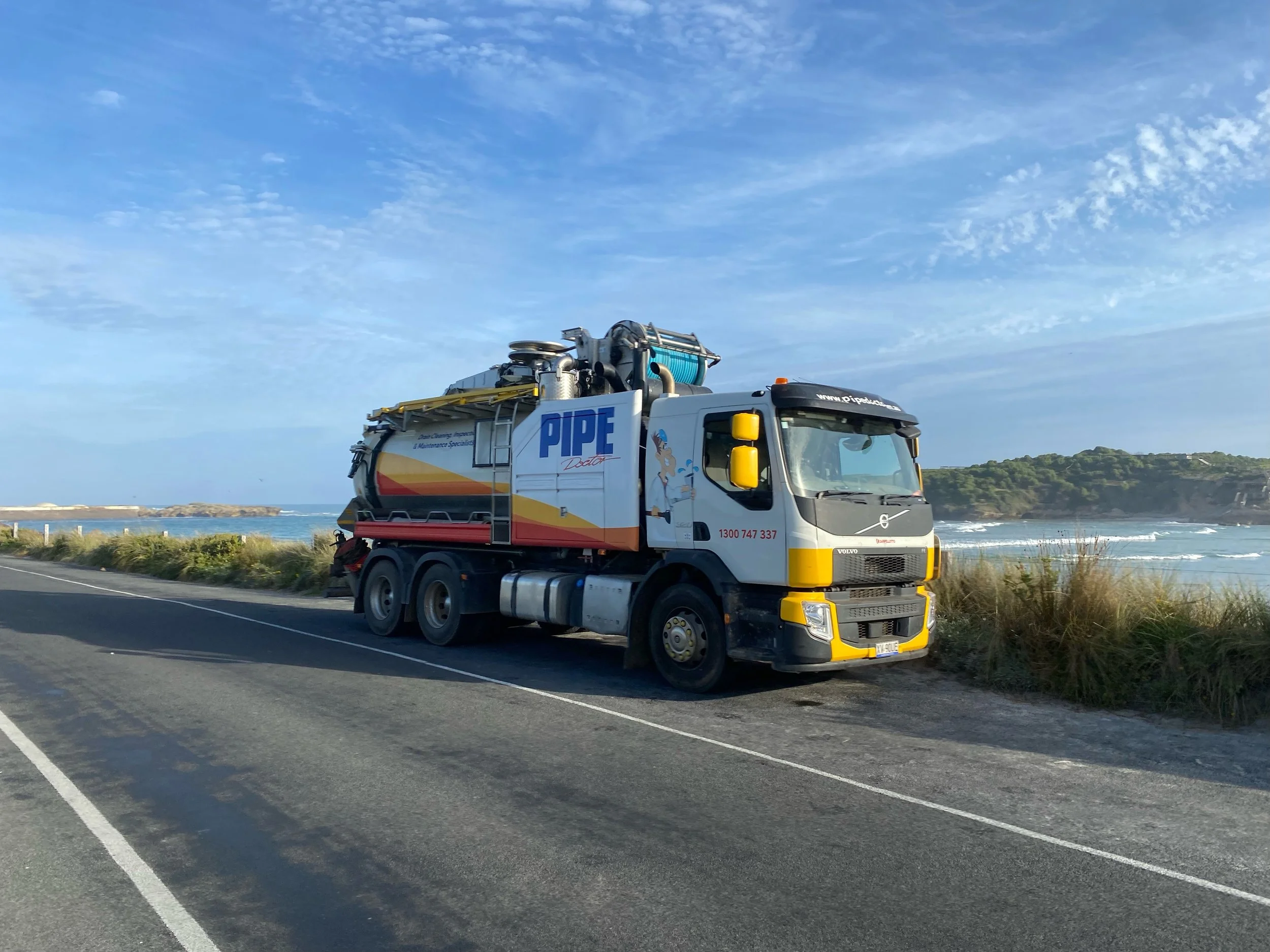5 Things You Should Know About Drainage in the Cooler Months
As the weather cools down, many homeowners focus on keeping warm and preparing for winter, but few consider how the change in temperature affects their drainage systems. Cold weather can lead to unexpected plumbing issues, from slow-draining sinks to outdoor drain blockages. Understanding how seasonal changes impact your drainage system can help you prevent costly repairs and keep everything running smoothly.
1. Cold Weather Can Lead to Slower Drainage
As temperatures drop, grease, oils, and soap scum inside your pipes can solidify, making it harder for water to flow. This can result in slower drainage, particularly in kitchen sinks where grease buildup is more common. Additionally, colder water temperatures slow down the natural breakdown of organic materials inside pipes, further increasing the likelihood of blockages.
✅ How to Prevent It:
Avoid pouring fats, oils, or grease down the drain—dispose of them in a sealed container instead.
Run hot water down the sink after washing up to help break down any residue.
Use a natural degreaser like baking soda and vinegar to flush out any minor buildup.
Schedule periodic drain cleaning services to prevent excessive buildup from occurring.
2. Increased Rainfall Can Overwhelm Stormwater Drains
Cooler months often bring more rain, which can overload stormwater drains, leading to water pooling, flooding, and structural damage. If stormwater drains become clogged with leaves, dirt, and debris, water cannot flow freely, which increases the risk of localised flooding around homes and driveways.
✅ How to Prevent It:
Regularly clear debris (leaves, dirt, and rubbish) from gutters and stormwater drains.
Ensure your property has adequate drainage solutions in place to handle excess water.
Consider a CCTV drain inspection before winter to check for blockages or damage in underground pipes.
If your home is prone to flooding, explore stormwater retention solutions like drainage pits or improved grading to divert water away from your foundation.
3. Tree Roots Are More Active in Search of Water
During cooler months, trees may grow stronger root systems as they search for moisture underground. If there are small cracks or weaknesses in your pipes, tree roots can infiltrate your drainage system, causing blockages or even pipe collapse. Root infiltration is one of the most common causes of slow or blocked drains, especially in older clay pipe systems.
✅ How to Prevent It:
Schedule a CCTV drain inspection to identify and remove any root intrusion early.
If you have trees near your drainage system, consider root barriers to prevent infiltration.
High-pressure drain cleaning can clear out minor root growth before it becomes a major issue.
If roots have already caused pipe damage, pipe relining is a trenchless solution to restore drainage without major excavation.
4. Outdoor Pipes & Drains Are More Susceptible to Damage
Colder temperatures and increased rainfall can put outdoor pipes and drains under stress. If water pools and freezes inside exposed drainage pipes, it can lead to cracks or bursts. Even in areas where freezing temperatures aren’t common, fluctuating weather conditions can weaken pipes over time, increasing the risk of structural failure.
✅ How to Prevent It:
Check that all outdoor drains are clear to prevent water from pooling.
Insulate exposed pipes to reduce the risk of temperature-related damage.
Make sure garden drains, downpipes, and stormwater systems are functioning correctly before winter sets in.
If you’ve had drainage issues in previous winters, consult a professional to assess if improvements need to be made to your property’s drainage layout.
5. A Drain Maintenance Plan Can Prevent Costly Repairs
Winter drainage issues can quickly escalate into expensive emergencies, particularly if left untreated. Regular drain maintenance can help you stay ahead of potential problems and keep your plumbing in top shape throughout the cooler months. Prevention is always cheaper than emergency repairs, making a scheduled maintenance plan a smart investment.
✅ How to Prevent It:
Book a drain inspection and cleaning service before winter.
Keep an eye out for slow drainage, bad smells, or gurgling pipes, as these can be early warning signs of blockages.
Consider a preventative maintenance plan to ensure year-round drainage health.
If you own or manage multiple properties, implementing a seasonal maintenance schedule can help avoid unexpected plumbing disasters.
The Hidden Costs of Ignoring Drainage Issues in Winter
Ignoring drainage problems during colder months can lead to severe consequences, including:
💰 Higher Repair Costs – Blockages that go unnoticed can worsen, resulting in major pipe damage that requires excavation or pipe replacement.
🏠 Property Damage – Flooding from overflowing drains can damage floors, walls, and foundations, leading to costly home repairs.
🦠 Health Risks – Blocked drains can cause sewage backups, which pose a serious health hazard due to bacteria and mould growth.
🚧 Emergency Callout Fees – Many drainage issues worsen over time, requiring urgent, after-hours callouts that come with premium costs.
Stay Drain-Smart This Winter!
Don’t let winter drainage problems catch you off guard! By taking simple preventative steps, you can avoid costly blockages, flooding, and pipe damage. If you’re concerned about your drains this season, Pipe Doctor is here to help.
📅 Book a drain inspection today and make sure your drainage system is winter-ready!
When you have a drainage disaster, you can count on us to get you back up and running.
“Knock, Knock, Pipe Doctor” 1300 747 337












